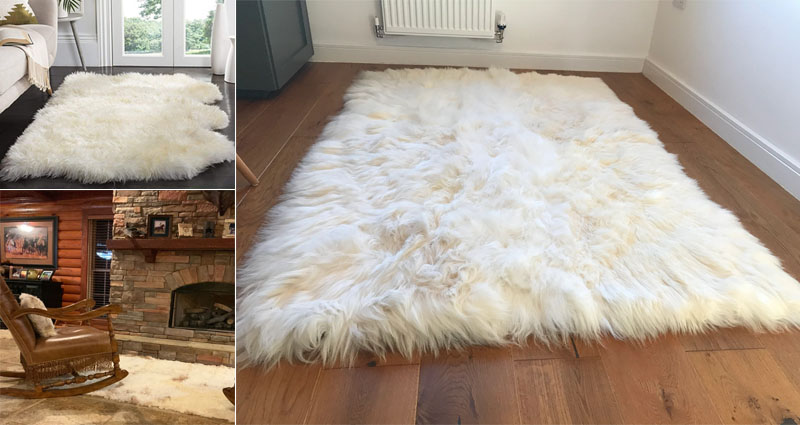The History and Cultural Significance of Sheepskin Rugs
Sheepskin rugs have a rich history that spans across centuries and holds cultural significance in many parts of the world. Beyond their practicality and aesthetic appeal, sheepskin rugs have played diverse roles in various cultures, symbolizing warmth, comfort, and even social status. In this blog post, we will delve into the fascinating history and explore the cultural significance of sheepskin rugs, shedding light on their evolution, symbolism, and traditional uses across different regions.
1. The Early Origins of Sheepskin Rugs:
Sheepskin rugs have a long and storied history that can be traced back to ancient civilizations. The use of sheepskins as floor coverings can be found in the nomadic cultures of Central Asia and the Middle East, where sheep provided essential resources such as meat, milk, and wool. The practice of utilizing sheepskins for practical purposes, including rugs and clothing, emerged from the necessity to make use of every part of the animal.
2. Symbolism and Traditional Uses:
Sheepskin rugs hold symbolic significance in many cultures around the world. In some societies, sheepskin rugs represent warmth, comfort, and protection. They are seen as a symbol of hospitality, often used to welcome guests or provide a cozy environment for gatherings. The softness and texture of sheepskin rugs create a sense of comfort and relaxation, making them a cherished addition to homes.
In other cultures, sheepskin rugs are associated with social status and wealth. Historically, they were reserved for the ruling elite or used in ceremonial settings to symbolize prosperity and luxury. The opulence and rarity of sheepskin rugs made them a valuable possession, demonstrating the wealth and influence of those who owned them.
3. Sheepskin Rugs in Scandinavian Culture:
In Scandinavian countries, sheepskin rugs have a deep-rooted cultural significance. Historically, they were utilized as functional items, providing warmth and insulation in … READ MORE







